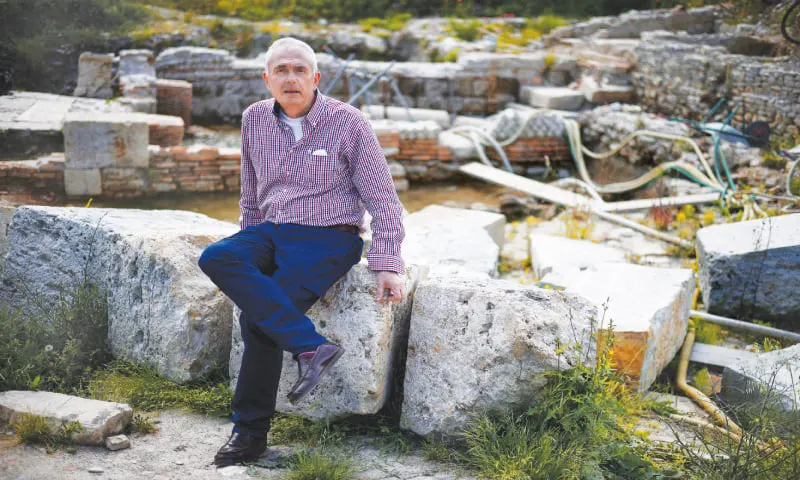One of Italy’s most remarkable archaeological finds in decades goes on show this month — Etruscan and Roman statues pulled from the mud in Tuscany thanks in part to the intuition of a retired garbage man.
About two dozen bronze statues from the third century BC to the first century AD, extracted from the ruins of an ancient spa, will go on display in Rome’s Quirinale Palace from June 22, after months of restoration.
When the discovery was announced in Novem-ber, experts called it the biggest collection of ancient bronze statues ever found in Italy and hailed it as a breakthrough that would “rewrite history”.
The statues were found in 2021 and 2022 in the hilltop village of San Casciano dei Bagni, still home to popular thermal baths, where archaeologists had long suspected ancient ruins could be discovered. Initial attempts to locate them, however, were un-successful.
Digging started in 2019 on a small plot of land next to the village’s Renaissance-era public baths, but weeks of excavations revealed “only traces of some walls”, Mayor Agnese Carletti said.
Then former bin man and historian Stefano Petrini had “a flash” of intuition, remembering that years earlier he had seen bits of ancient Roman columns on a wall on the other side of the public baths.
The columns could only be seen from an aban-doned garden that had once belonged to his friend, San Casciano’s late greengrocer, who grew fruit and vegetables there to sell in the village shop.—AFP










